Types of honeysuckle pruning and old bush rejuvenation technique
Honeysuckle is one of the favorite shrubs of Russian gardeners. There are about 190 varieties of this plant. There are two main types of honeysuckle: fruit (erect varieties up to 2.5 m high) and curly (vines up to 6 m long), including honeysuckle - a decorative variety for the garden of aromas, characterized by a delicate scent that intensifies in the evening hours. Ornamental varieties are used in landscape design, including for the creation of hedges. Pruning honeysuckle in the fall will vary depending on the purpose of the crop.
Types of honeysuckle
The berries of upright edible honeysuckle are similar in taste to blueberries or blueberries, and children love them very much. Berries can not only be eaten fresh, but also frozen for the winter, make jam, jams from them, and make tinctures. The pruning time has a significant effect on the yield of the edible honeysuckle bush, therefore, special attention should be paid to autumn pruning. The purpose of this event is to thin out the crown so that sunlight can access each shoot.
In decorative species of honeysuckle, crown formation occurs in order to increase the maximum amount of green mass - at the expense of flowering and fruiting. Therefore, only shoots growing inside the bush, excess basal and young shoots growing vertically, taking away juices from the already formed part of the crown, are pruned.
Advice
A plant that is often pruned regularly (such as a hedge) needs to be fertilized well, as the green mass needs nutrients to grow abundantly.
Trim types
There are 4 main types of pruning for honeysuckle.
- Formative. It is done once. When planting plants in spring or summer, pruning is carried out immediately after planting in the ground. If honeysuckle was planted in the fall, then the bushes are given shape after the first wintering. Formative pruning, done correctly, stimulates the plant to grow abundantly in the root system. In the case of growing hedges, the crown should be formed immediately, using templates if necessary.
- Regular pruning. It is done 1-2 times a year, sometimes more often, to maintain the correct growth of the formed crown, as well as to prevent diseases, weaken the plant. Pruning should not be carried out in the winter and during the spring sap flow.
- Sanitary pruning. The only pruning that is done all year round. Remove dead, broken, frozen branches immediately.
- Anti-aging pruning. It is carried out as needed, if the shoots are old, the bush began to grow slower and bear less fruit. The purpose of rejuvenating pruning is to awaken dormant buds and bring young shoots back to life to replace old ones. Held in August (September).
Formative pruning
In the first two years of the life of honeysuckle, the bushes do not need to be cut for yield (except for the removal of dead branches). During this period, the shoots grow upward without branching. In fruiting varieties, it is necessary to leave no more than 5 shoots in each bush, diverging to the sides from the center, otherwise they themselves will begin to die from a lack of light. In the third year, pruning is carried out, for fruit shrubs, a spherical, oval crown is formed so that the bush grows from the root as wide as possible to the sides.
On the other hand, when forming a hedge, shoots should not be allowed to stretch upward, otherwise the bottom of the hedge in the root zone will be exposed. It is necessary to cut off the shoots in the first year, leaving no more than 10-15 cm. This will force the plant to branch from the very root. In the second year, the grown shoots need to be cut again, leaving 20-30 cm from the ground.After that, it is already necessary to allow the branched shoots to grow freely - the gardener only conducts regulatory pruning.
Regular pruning
Preparation for winter begins in early August. At this time, you need to reduce the watering of the honeysuckle. This is done in order not to awaken new buds and slow down the growth of the plant by stimulating the development of the root system. In the fall, in September, you need to prune.
For beginner gardeners, it is important to remember the basic rules.
- The timing of pruning must be observed, otherwise the plant can be destroyed.
- After pruning, on the same day and subsequent ones, the plant needs to be well watered to enable it to recover before frost.
- When pruning, you can use only comfortable sharp tools. The cut should be even; when removing large branches, it is advisable to smear the cut point with garden pitch, clay or paint. Failure to comply with this rule will lead to mold or parasites in an uneven cut. The most convenient tool for working with bush honeysuckle is a pruner. It must be sharpened regularly and the blade cleaned after each use.
Advice
For decorative trimming of hedges, you can use garden shears or an electric trimmer.
When pruning, excess root shoots, shoots growing inside the bush, and those that do not have time to ripen and woody by winter are removed. Honeysuckle berries ripen on strong annual shoots, so all pruning is aimed at providing access to these shoots of the sun and internal plant juices.
When forming a hedge, it should not be allowed that its top is wider than the root zone, in this case, under its own weight, it can break in a strong wind or from snow in winter. Form a crown with a center of gravity below the middle of the height, that is, it should taper slightly upward, have the shape of a trapezoid in section.
Anti-aging pruning
The rejuvenation of the old bush can be carried out in two main ways.
- Radical: in October, after the foliage has fallen, all shoots are cut to the root. Large wounds are covered with garden varnish. The bush rests all winter, in the spring a powerful root system stimulates the emergence of young shoots from the root collar. The formation of the crown will need to be done again.
- The second option: in the fall, when pruning, keep a few young basal shoots and greatly thin out the crown. If you did not have time in the fall, then you can prune in the spring, but only in April, before the sap flow begins. During the summer season, it is necessary to thin out the crown several more times, creating conditions when the movement of sap is redirected from the removed branches to those that want to grow. After the young shoots get stronger and begin to bear fruit, the old branches are completely removed.
In autumn, for novice gardeners, work on the site seems less important than the spring chores. However, for perennials, it is preparation for winter that is a guarantee of how the entire next season will pass. Knowing how to care for honeysuckle will help you enjoy the fruits of your labors in the summer!
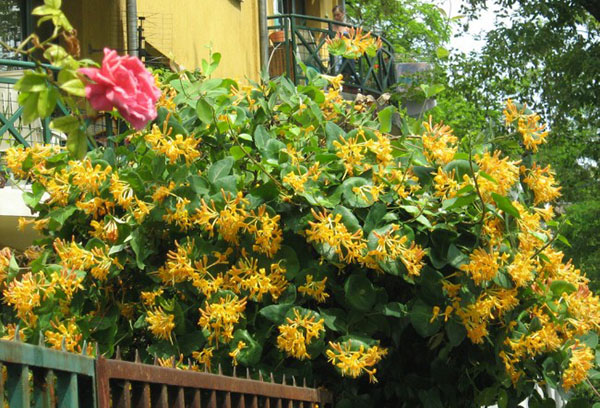
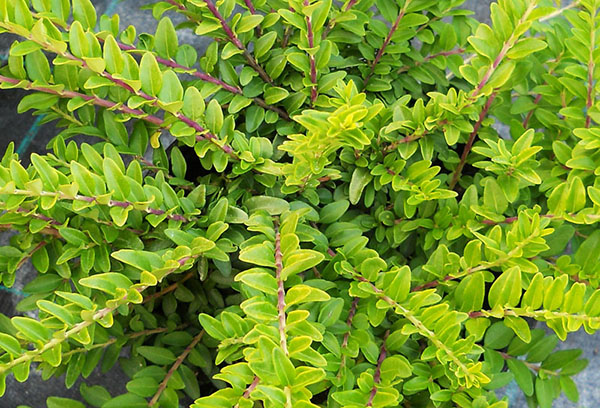
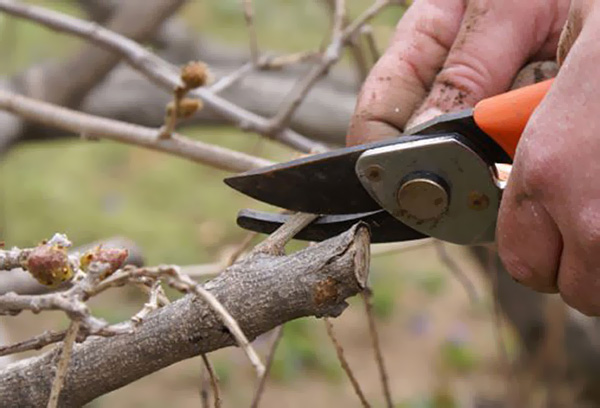
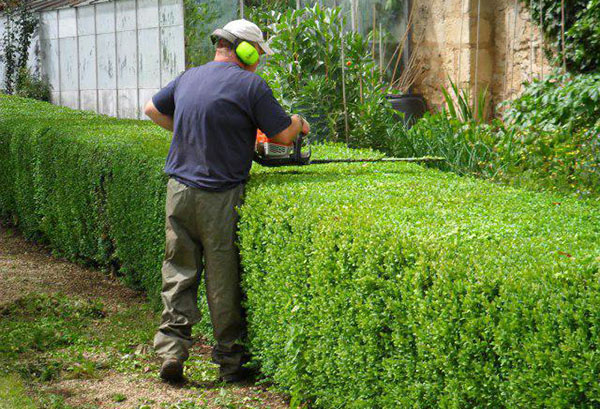
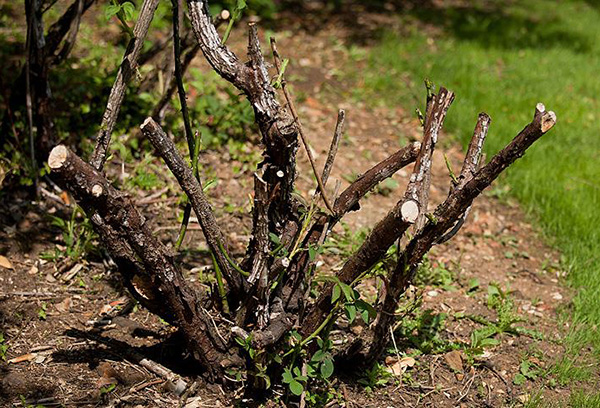
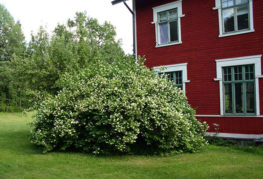
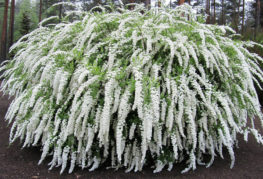
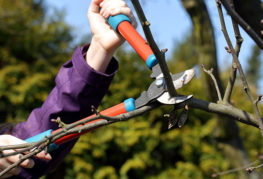
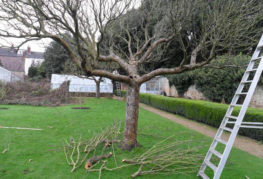
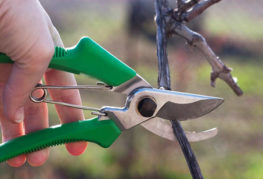
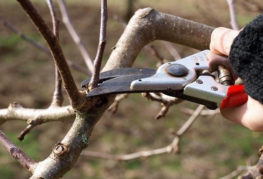
and will be published shortly.